Checking the pump on a Samsung washing machine
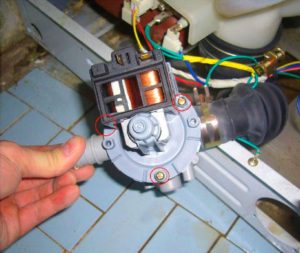 You can diagnose individual elements of the washing machine yourself, but provided that the warranty period for the equipment has expired. If the equipment is still under warranty, it is better to seek help from service center specialists. In fact, checking the drain pump on a Samsung washing machine is not difficult, the main thing is to follow the instructions. Let’s figure out what “symptoms” usually indicate a pump malfunction, how you can get to it, and how to inspect the part.
You can diagnose individual elements of the washing machine yourself, but provided that the warranty period for the equipment has expired. If the equipment is still under warranty, it is better to seek help from service center specialists. In fact, checking the drain pump on a Samsung washing machine is not difficult, the main thing is to follow the instructions. Let’s figure out what “symptoms” usually indicate a pump malfunction, how you can get to it, and how to inspect the part.
Selecting a verification method
Before disassembling the washing machine, carefully analyze the signs of failure. By assessing the “symptoms”, you can narrow down the possible causes of the malfunction. Based on the nature of the damage to the machine, you can choose a diagnostic method.
The following signs indicate a failure of the drain pump:
- the washing machine cannot discharge water into the sewer;
- Uncharacteristic noises are heard when the machine is operating;
- the pump hums and does not pump out water;
- the pump does not function and makes no sounds.
Diagnostics of a washing machine should be carried out from simple to more complex.
First, it is recommended to check the drain system for blockages. It is necessary to turn off the power to the equipment, prepare a container and dry rags, unscrew the garbage filter, and drain the remaining water. If there is dirt on the filter element, wash it. Also wipe the walls of the resulting hole, shine a flashlight into the cavity and remove the debris inside. It would be useful to check whether the drain hose is kinked and whether it is positioned correctly relative to the floor.
If there are no blockages, but the machine still does not want to drain the water, it is probably the pump. Let's look in more detail at how to check the serviceability of the pump.
We look at the element adjacent to the pump
Sometimes the user may notice noise in the area where the pump is located (bottom, in the right corner of the Samsung SMA). A malfunction of the washing machine can be caused by a foreign object caught in the pump volute, or a severely clogged element. The snail is a part adjacent to the pump. The algorithm for checking will be as follows:
- turn off the power to the equipment;
- open the hatch located at the bottom, in the right corner of the washing machine body (this will give you access to the garbage filter);
- unscrew the filter. Water will flow from the hole, so be sure to stock up on dry rags and place a flat container under the SMA;
- shine a flashlight into the hole to examine the snail;
- remove any debris or small foreign objects found there.
Normally, except for the pump impeller, nothing should be visible in this hole. The only exceptions will be those Samsung models that have two motors located on the volute - separately to ensure drainage and recirculation.
Visual inspection algorithm
Let's look at the basic rules for visual inspection of a washing machine. It is important to follow safety precautions, so be sure to unplug the machine’s power cord from the outlet. It is also necessary to disconnect the equipment from communications and make sure that there is no water left in the tank. Afterwards, you need to place the machine where it will be convenient to work with it.
It is better to cover the floor with a blanket so as not to damage the body of the washing machine. After this, the washing machine is laid on its left side. Looking underneath, you will see the drain pump. Now you can freely remove the pump for inspection and diagnostics.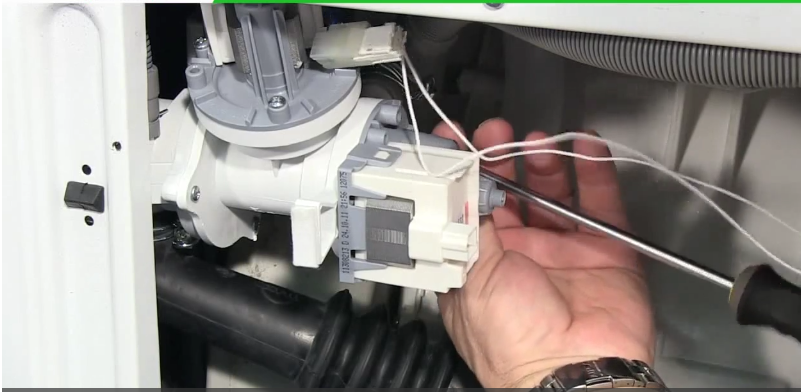
Initially, you should check the movement of the impeller; this is done manually. Normally, its movement occurs in jerks. Afterwards, you need to shake the impeller left and right, perpendicular to the axis. If a large amount of play is noticeable, the pump will have to be replaced.
If the pump cannot remove water from the tank, you can check its serviceability and eliminate malfunctions in the operation of the control module as follows:
- add water to the CMA tank. Enough to lightly cover the surface of the drum;
- Turn off the power to the washing machine by unplugging the cord from the outlet;
- remove the front panel of the machine to gain access to the drain pump terminals;
- disconnect the terminals or remove the chip (the connection method depends on the SMA model);
- connect the terminals of the previously prepared cord with a plug;
- make sure that the connection is reliable and safe, the contacts do not touch each other;
- insert the plug into the outlet.
If after these manipulations the water begins to drain, it means the pump is working. The cause of the breakdown may be completely different. There may be problems with the main control board or other elements of the CMA.
Testing the pump coil
The third method to check the health of the pump involves using a multimeter. When testing the winding of the drain pump electric motor, the tester should show a resistance in the region of 150-260 Ohms. The algorithm of actions will be as follows:
- disconnect the machine from the power supply;
- disconnect the pump connection contacts;
- turn on the multimeter, setting the resistance detection mode;
- attach the tester probes to the motor contacts.
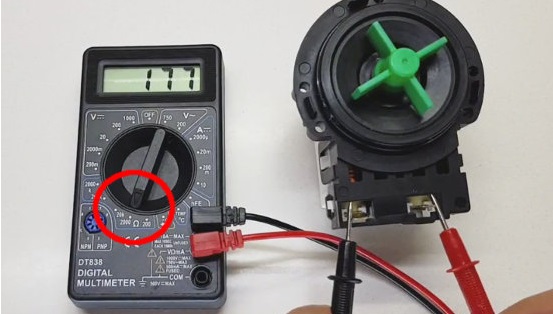
If the device screen displays 0, a short circuit can be diagnosed. When the multimeter shows an unreasonably high value, we will be talking about a winding break.A reading significantly higher than the standard value will indicate damage to the stator winding.
It is not profitable to repair the pump winding; it is more advisable to replace the entire drain pump.
Is it difficult to change a part?
You can replace the pump of a Samsung washing machine yourself. It is important to select a replacement element that fully matches the standard one. When the original cannot be found, an analogue can be installed.
When choosing a pump, you need to focus on the following characteristics:
- power;
- snail fastening method;
- number of latches or mounting holes for bolts;
- connection method (chip or terminals).
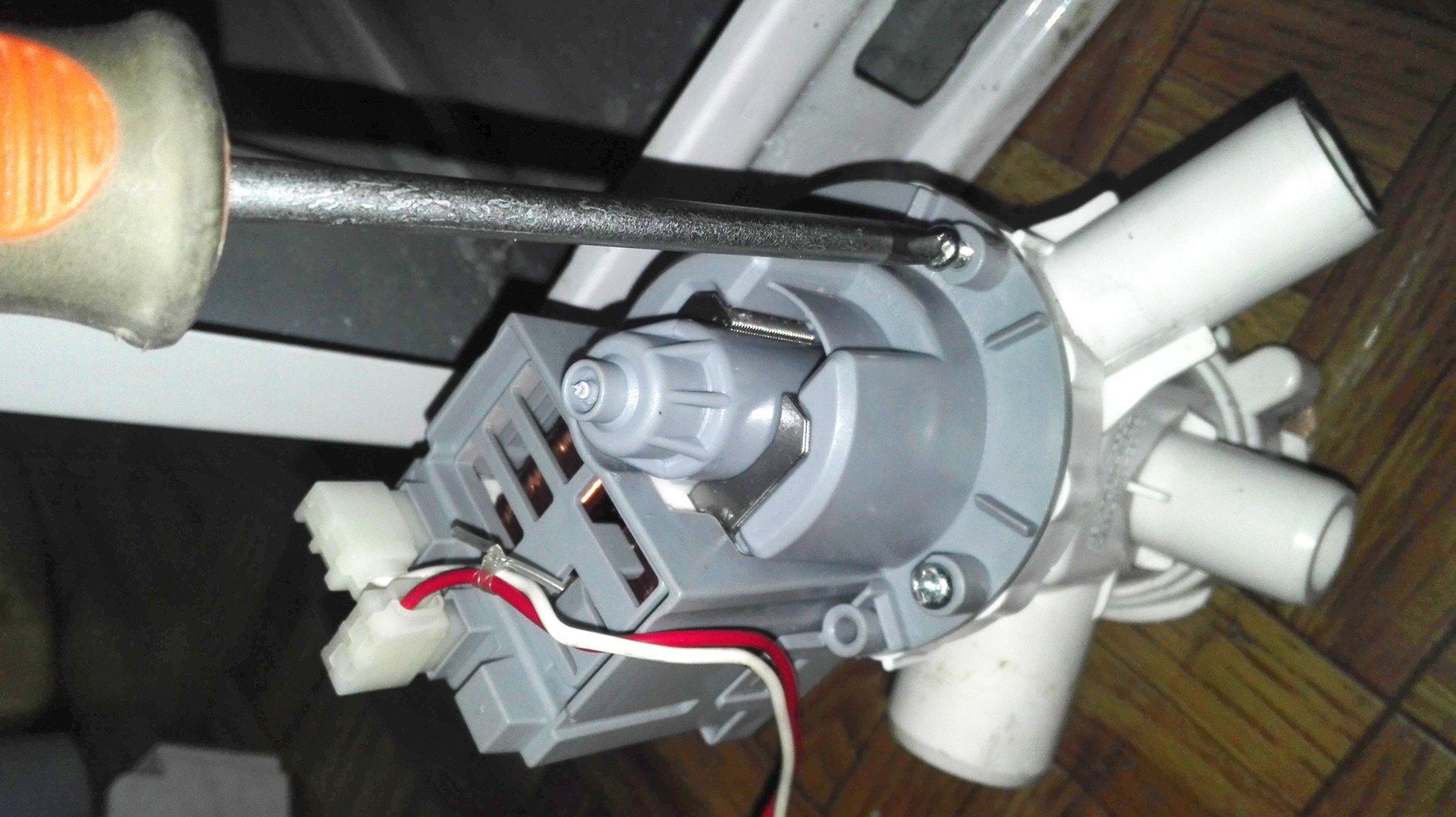
The pump replacement algorithm is as follows:
- disconnect the two power wires going to the pump by removing the terminals;
- unscrew the bolts securing the pump to the volute;
- remove the pump from the housing;
- connect the new pump to its original place in the same position, secure it with self-tapping screws;
- connect terminals, wiring;
- place the SMA in its original position;
- Screw in the garbage filter and close the protective hatch.
Afterwards, you can connect the machine to communications, plug it in and start a test wash. Thus, it is possible to diagnose and replace the drain pump at home, without calling a technician. It is important to strictly follow the rules and instructions for action.
Interesting:
Reader comments
- Share your opinion - leave a comment

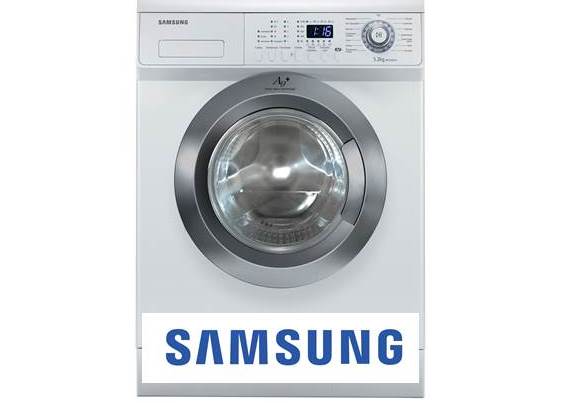
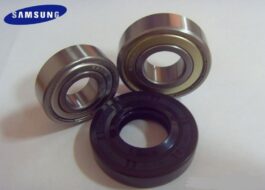
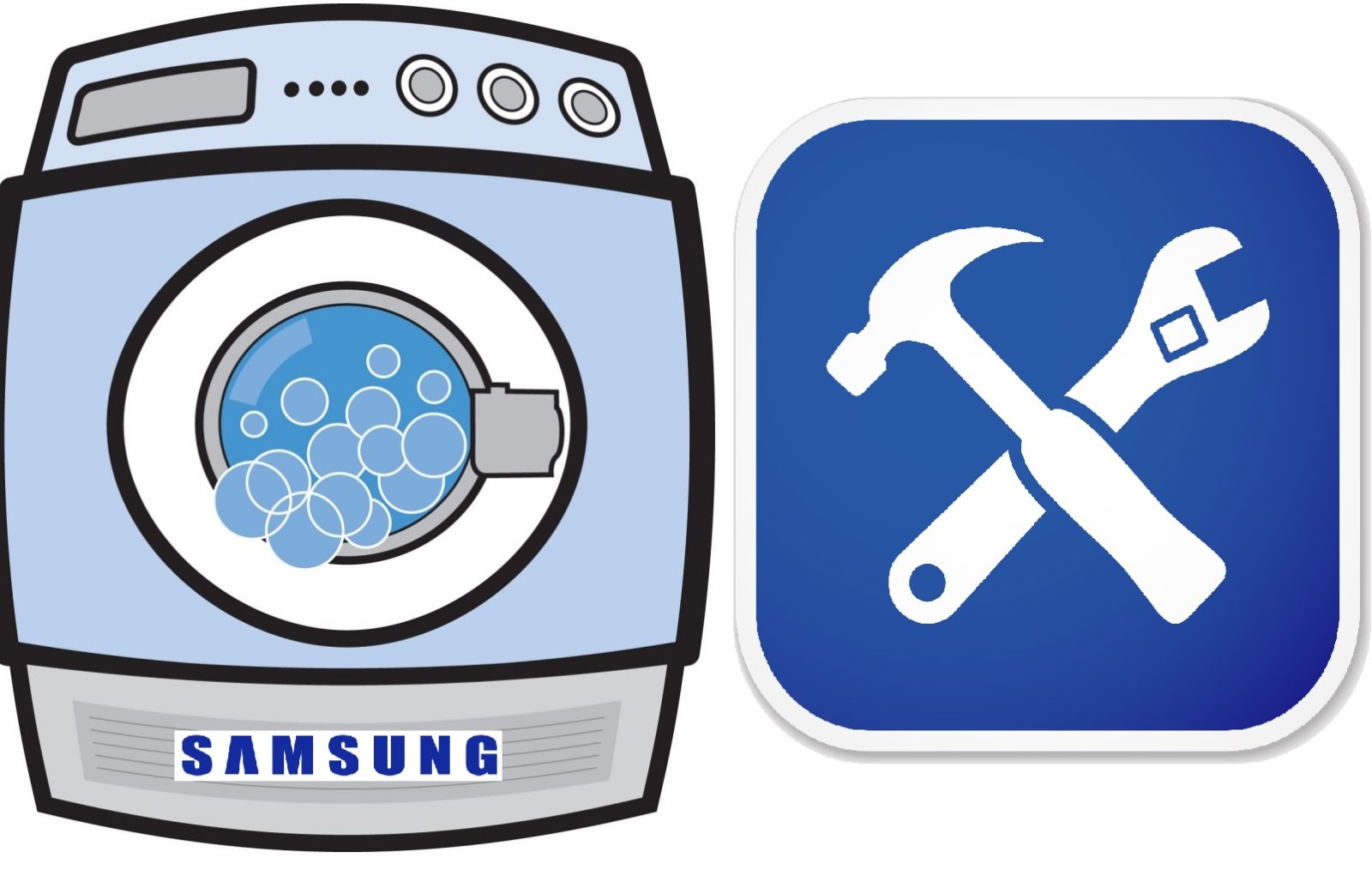
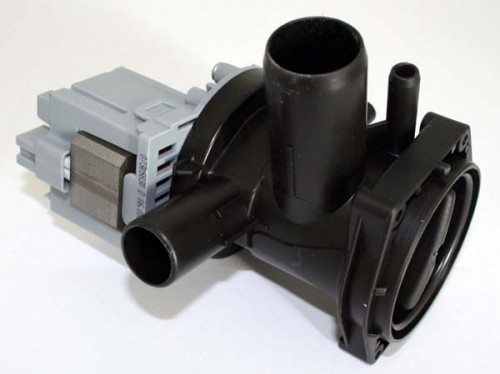
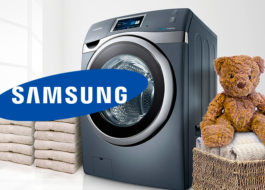
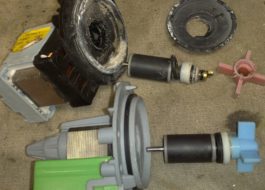














Add a comment